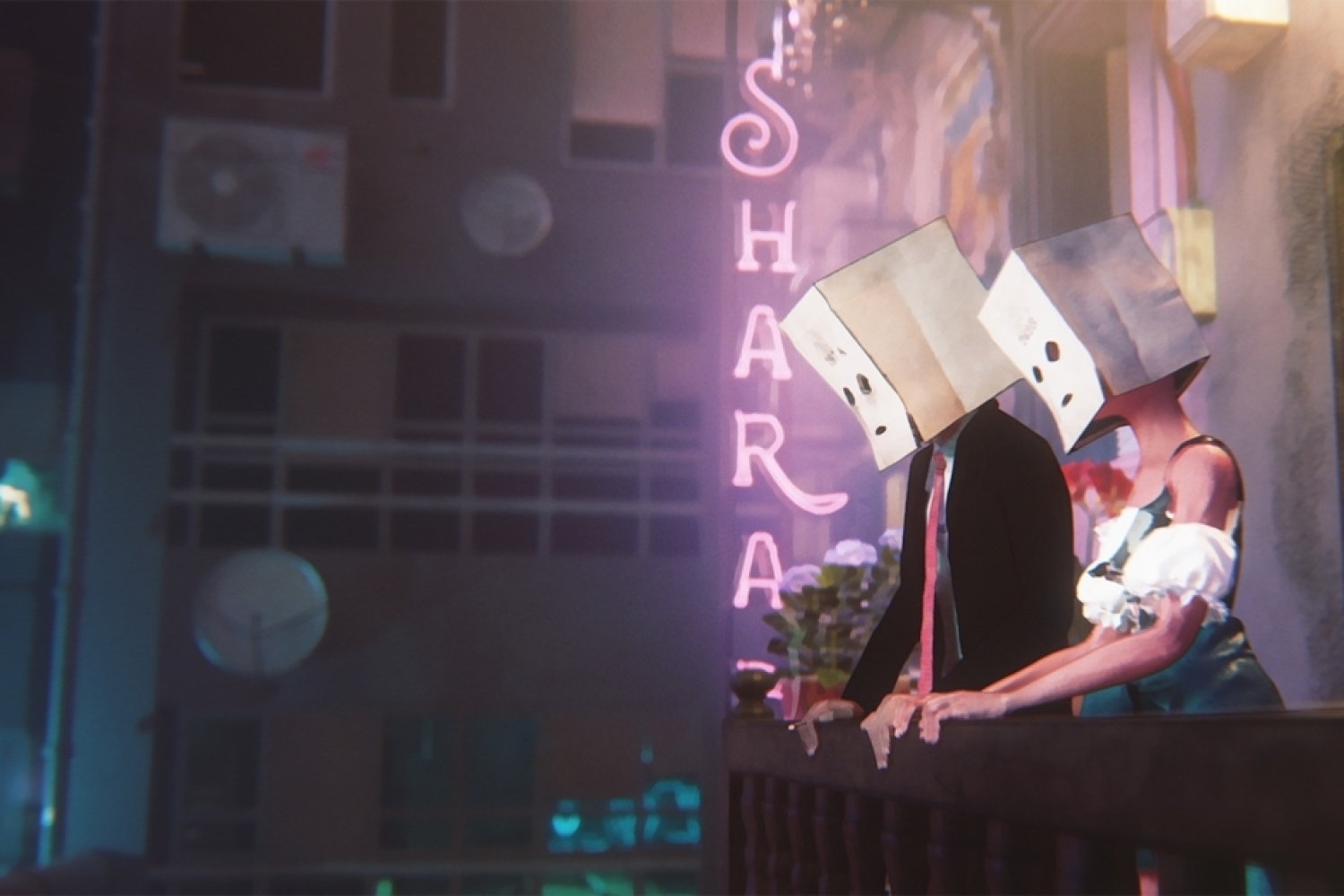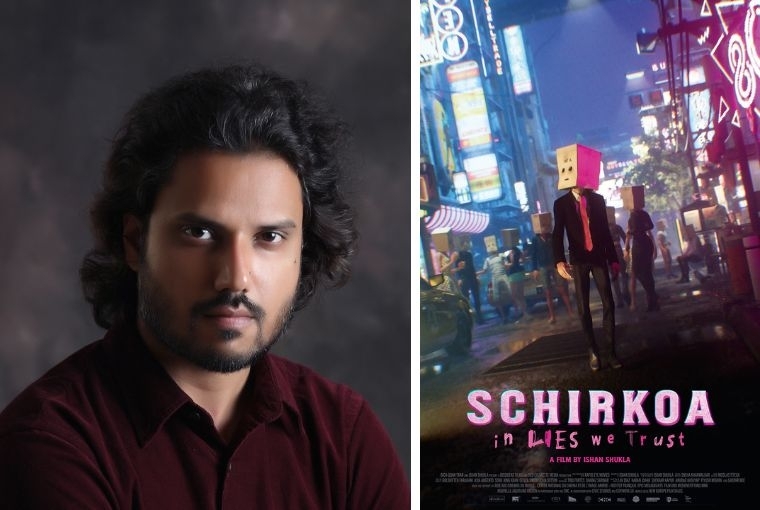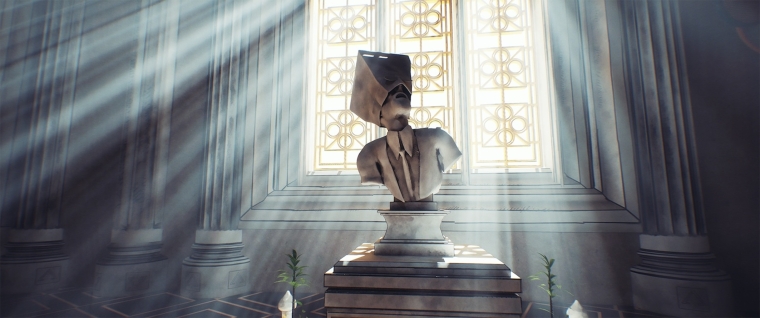

Animation is a meticulous and a time-consuming process, with each frame having to be designed and detailed, one at a time. But the beauty of it is that you can make yoursketches do anything. It frees you as you push your imagination as far as possible. That’s what excites filmmaker Ishan Shukla about it. ‘It makes your imagination go wild. It lets you make things absurd without becoming goofy. I can write, design and create stories simultaneously. It’s more important since cinema as a medium is so visual. I also prefer to organically change the stories on the go, which in today’s animation world is becoming more and more possible.’
The award-winning filmmaker first made a short called Schirkoa in 2016 which won the Best Animated Short award at the LA Shorts Festival and was longlisted for the Oscars. His debut feature which is now in spotlight is based on the same film and is called Schirkoa: In Lies We Trust—a dystopian sci-fi animation film will have its World Premiere at the 2024 International Film Festival of Rotterdam.

STARTING POINT
When I first entered the animation industry, my daily routine involved commuting to the studio for about an hour. In the subway, in that sea of monotony, I found myself surrounded by hundreds of people with glum or neutral expressions. I began to feel like a cog in a vast machine: utterly replaceable, devoid of any distinct identity. Strangely, it seemed as if none of us had faces. The uniformity of our existence masked our individuality. To cope with this realization, I resorted to scribbling, giving life to faceless beings that echoed the soulless anonymity of the daily grind. As for the name itself, it comes from the name of a comic that I wrote when I was nine years old. In the comic, it’s a fictitious name for a city. The name stuck and I decided to use it for my film.
ANIMATION STYLE
It was a blend of traditional methods and new technology. For the characters, I employed a modern character generator. The characters and sets were then brought togetherwithin a game engine, specifically Unreal Engine, where they were assembled in their respective locations. I used a unique hybrid of animation and live-action techniques from this point onward. We embarked on a motion-capture process that spanned over two weeks. It was camera-free, allowing us to shoot the film like a stage play, where every angle and movement carried significance. However, it’s essential to acknowledge the considerable effort and talent involved. Hundreds of hours were devoted to manually fine-tuning each performance. That task was handled by a team of skilled animators, who brought life and emotion to every character on screen.
Integrating data into the game engine marked a turning point in my creative process, allowing us to approach shooting with the fluidity of a liveaction movie. This newfound creative freedom opened doors to experimentation, enabling us to explore diverse multi-camera setups and lighting techniques. Unlike the locked-in nature of traditional storyboarding, the hybrid game engine pipeline granted us the incredible ability to make real-time adjustments. We could modify shots, edit sequences and entire scenes on the go. This process fostered a dynamic environment where we could continuously refine designs, camera angles, animations, sets and color. Surprisingly, this approach didn’t inflate the budget. It allowed us to work efficiently with fewer resources.
